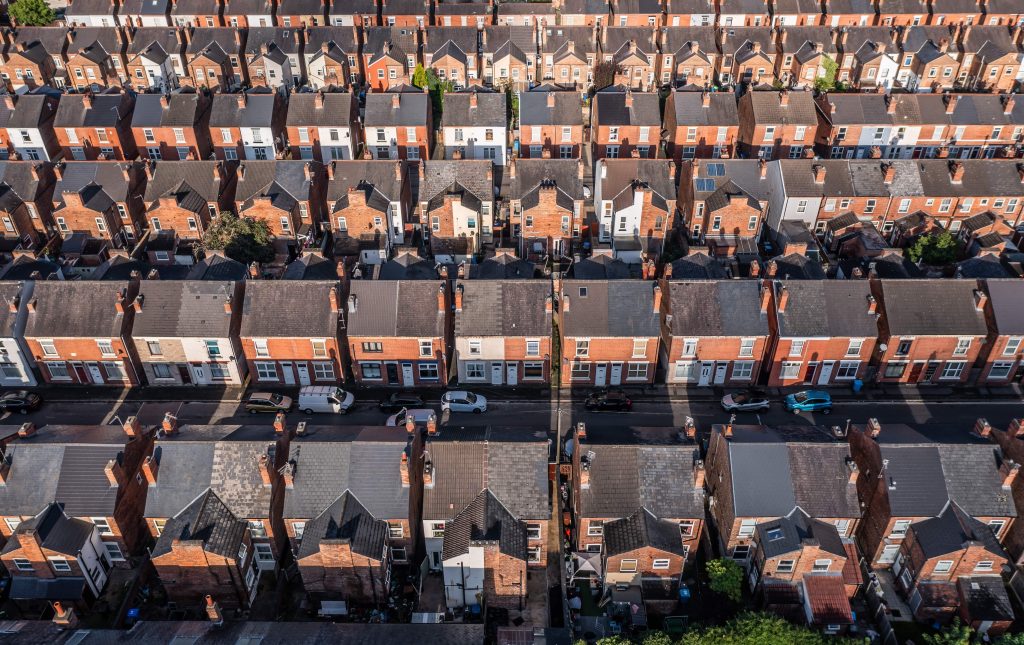PassivGlas™ ReGlaze
Discover how PassivGlas™ ReGlaze offers a sustainable, cost-effective retrofit glazing solution by replacing only the glass and keeping existing window frames. Ideal for large social housing projects, domestic and commercial buildings.
Introducing PassivGlas™ ReGlaze
At The Vacuum Glazing Network, we are proud to introduce our latest innovative concept: PassivGlas™ ReGlaze – a cutting-edge retrofit solution that is revolutionising the glazing industry. Designed to meet the growing demand for sustainable building practices, PassivGlas™ ReGlaze offers an eco-friendly and cost-effective way to upgrade the performance of existing windows without the need for full replacements.
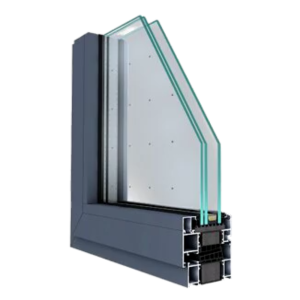
VIG Installations Made Simple
With thickness options ranging from just 6.15mm in single PassivGlas™ VIG to 28mm and beyond in PassivGlas™ Ultimate – featuring a thermally broken spacer and an additional glass lite for IGU-level insulation – our advanced vacuum glass seamlessly integrates into various domestic and commercial properties. It maximises natural light while ensuring superior energy efficiency and indoor comfort.

What is PassivGlas™ ReGlaze?
Replace the Glass – Keep the Frames
PassivGlas™ ReGlaze is a retrofit system that allows for the replacement of just the glass in your existing window frames. By retaining the original frames, this solution significantly reduces waste and prevents the disposal of perfectly good window structures, which would otherwise end up in landfill. This makes PassivGlas™ ReGlaze an ideal option for projects focused on sustainability, particularly in large-scale developments where cost and environmental considerations are paramount.
Exceptional Thermal Insulation
Achieve U-values as low as 0.49 W/m²K to reduce heat loss and enhance year-round comfort.
Superior Acoustic Performance
A vacuum layer minimises sound transmission for a quieter indoor space. UKAS tested sound reduction of Rw 36 dB
Slim, Lightweight Design
With a thickness of just 6.15 mm, ideal for retrofits or new builds.
Guaranteed for 15 Years
Built for sustainability and reducing carbon footprints. Backed with a 15 year guarantee
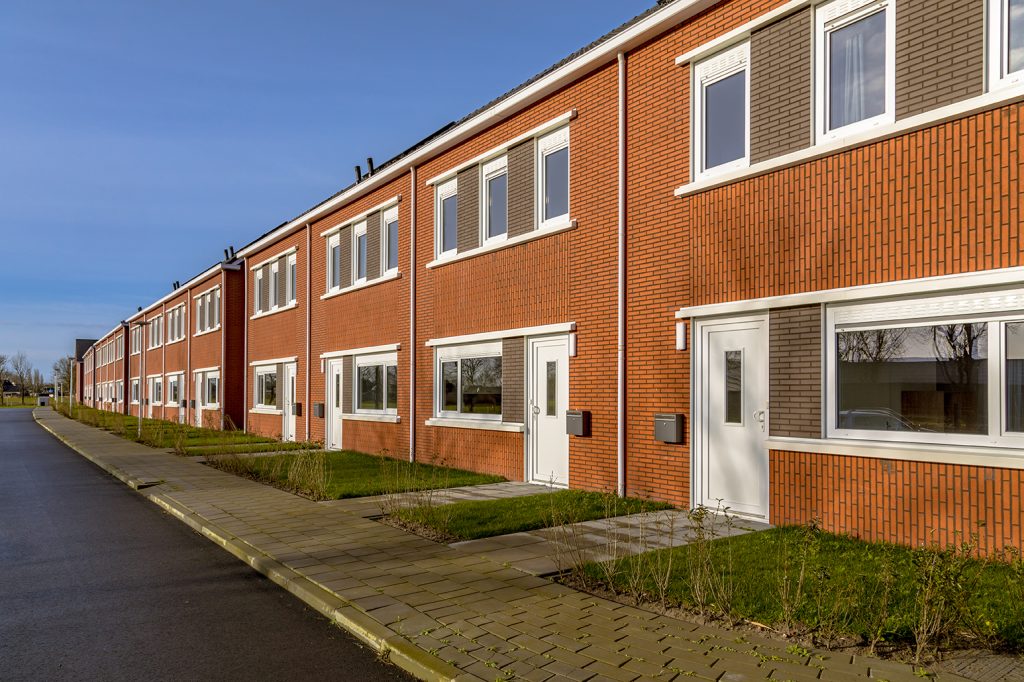
The Perfect Solution for Large Social Housing Projects
Improve efficiency – Keep costs down
PassivGlas™ ReGlaze is particularly well-suited for large social housing projects, where both cost and sustainability are crucial factors. In many of these buildings, window frames are still in good condition, but the glazing may no longer meet modern energy performance standards. Instead of replacing the entire window, PassivGlas™ ReGlaze offers a quick and efficient retrofit that enhances thermal and acoustic performance, improves energy efficiency, and increases comfort for residents – all while keeping costs down.
By utilising PassivGlas™ ReGlaze, social housing developers and landlords can reduce their carbon footprint while avoiding the significant expense and disruption of full window replacements. Not only does this help to meet sustainability goals, but it also extends the life of the property and improves living conditions for residents.

Enhanced Performance and Comfort
PassivGlas™ ReGlaze doesn’t just offer environmental benefits – it also delivers outstanding performance. The new glazing units are designed to provide superior thermal insulation (Ug – value of 0.49W/m2K), reducing heat loss and improving energy efficiency. This means lower heating bills for tenants and a more comfortable living environment year-round. Additionally, PassivGlas™ ReGlaze provides excellent acoustic performance, reducing noise pollution and improving privacy for residents. (UKAS tested sound reduction of Rw 36 dB)
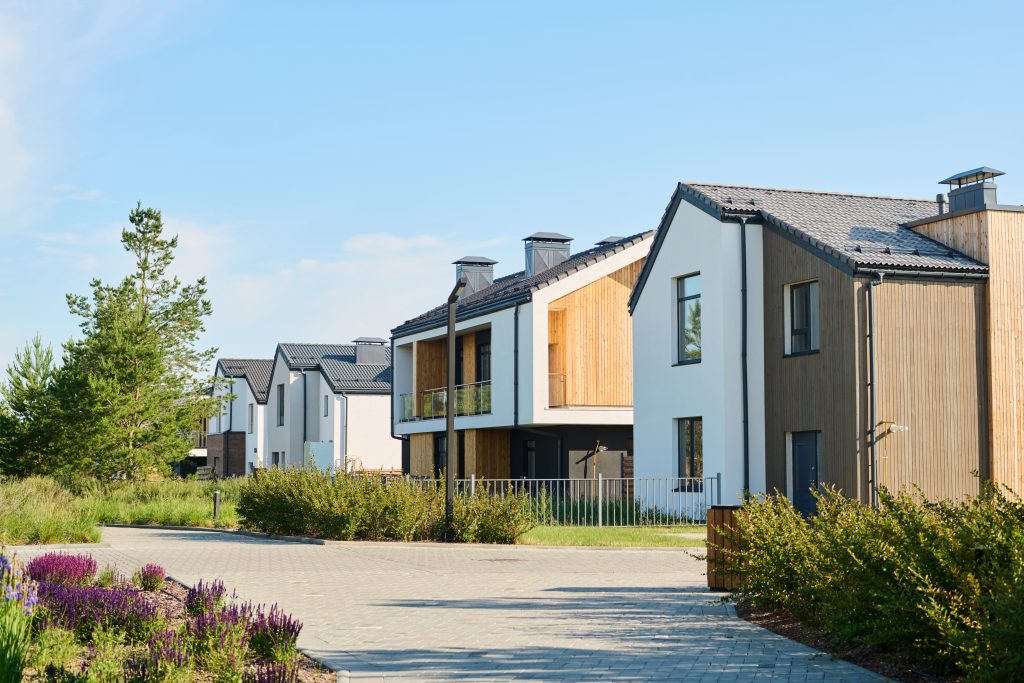
A Smart Choice for the Future
PassivGlas™ ReGlaze is not just a product; it’s part of our commitment to delivering innovative, sustainable solutions that help you meet your environmental and budgetary goals. Whether you’re working on a large social housing project, a commercial development, or simply looking to reduce the carbon footprint of your buildings, PassivGlas™ ReGlaze offers a practical and impactful solution.
For more information about how PassivGlas™ ReGlaze can enhance your next project, contact us today. Let us help you create sustainable, energy-efficient buildings that will stand the test of time.
Ready to make the switch to PassivGlas™ ReGlaze? Reach out to our team to learn more about this groundbreaking retrofit glazing product and how it can benefit your next project.
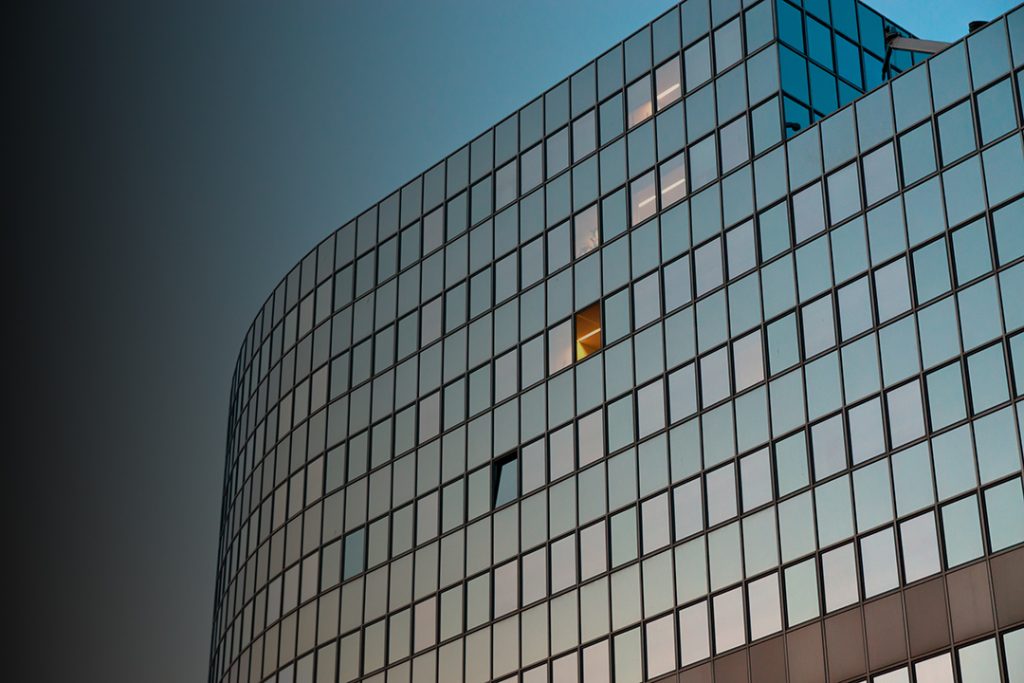
A Sustainable Solution for the Construction Industry
The environmental impact of the construction industry is a growing concern, and waste from demolition or window replacements is a key contributor. PassivGlas™ ReGlaze addresses this issue head-on. By allowing the frames to remain in place, only the glass needs to be swapped out, reducing material waste and conserving valuable resources. This means fewer windows are thrown away, and fewer new materials are needed – all contributing to a greener, more sustainable future.
Frequently Asked Questions
What are vacuum units?
Vacuum Insulated Glazing or VIG is an advanced fenestration type of insulating unit. It consists of two glass panes, like a standard Insulating unit, but rather than the spacer bar and an air gap, VIG’s are separated by a micro vacuum gap, with a glass solder edge seal.
Are they fully tested?
Yes, they are tested to recognised industry standards:
Impact resistance: EN 12150-2 & ANSI Z97.1-37 & EN 12600 & BS356 (recently completed)
Weathering: EN1279-5 & ASTM E546/E2188/E2189
U-Value: ISO8301/EN12667 (Recently UKAS tested) & ASTM C518
Soundproof: ISO 10140-2 (Recently UKAS tested)
Do the standard units use coated glass?
Yes, all PassivGlas™ Linear units incorporate a Low-e single silver toughenable coating.
In order to meet the current Part O regulations, a Low-e double silver coating would be needed to meet the 70/40 requirements. Please check with VGN as to availability and MOQ for this product range.
What is the expected life?
Expected life on the unit is 25+ years due to there being no spacer bar to fail.
Will there be any condensation
Condensation is formed when the air temperature surrounding an object falls below the dew point and changes into a liquid
Internal:
Although condensation will not form on the internal surface of a VIG unit, Vacuum Glazing does not eradicate condensation from the room.
The warmer inner glass will potentially change the rooms cold point.
It is advisable to ensure all rooms have effective ventilation/circulation.
External:
Condensation may form on the external glass surface under certain conditions.
Generally, forms a grid around the micro-pillars.
Will disappear when the outside temperature warms with the morning sun.
It is an indication of how efficiently your windows are at reducing thermal loss.
Condensation between glasses:
An indication that the Vacuum has been lost.
Consult your supplier to confirm course of action.

